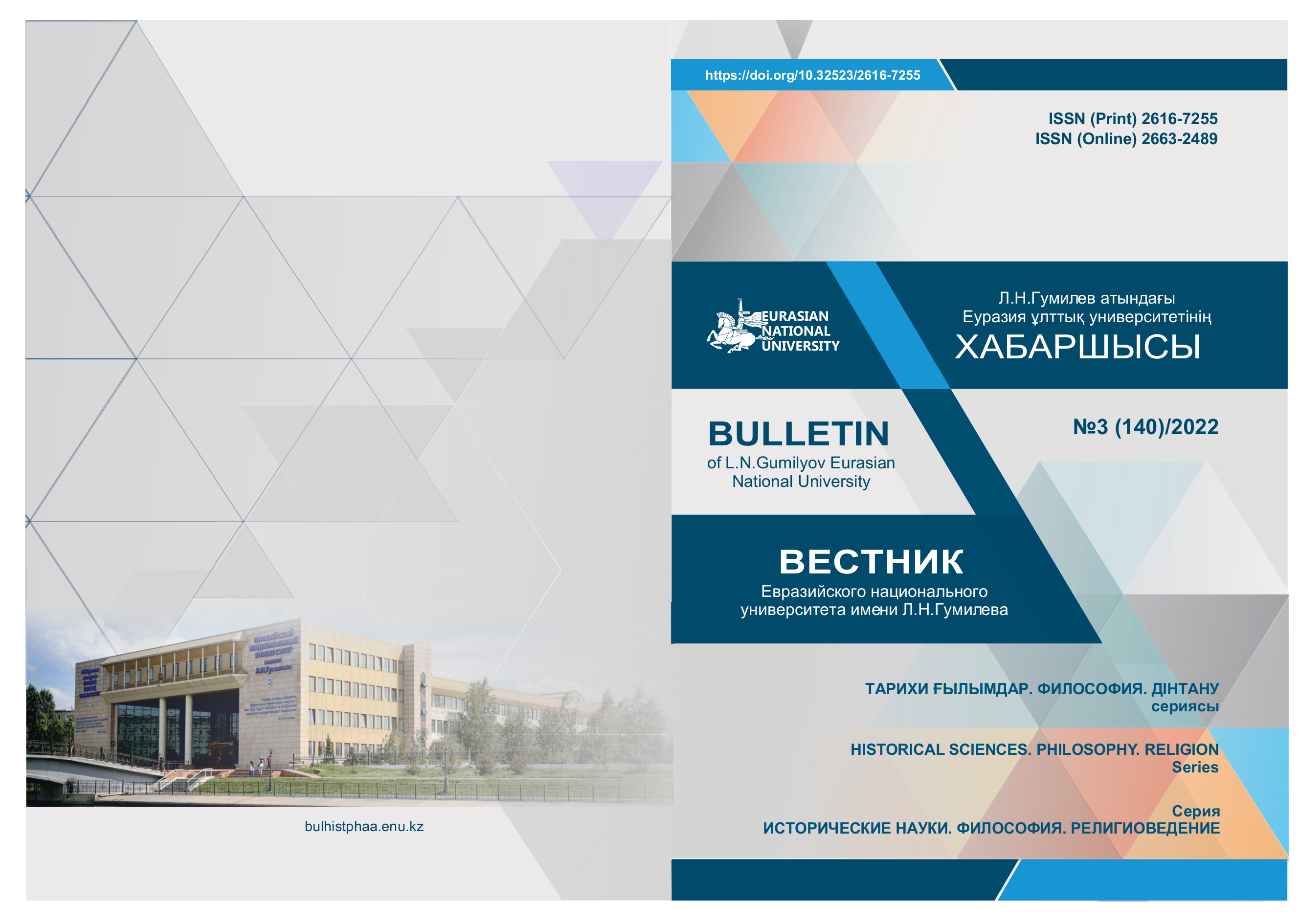A policy of ‘dekulakization’ and deportations from the republic: on the example of special resettlers exiled from Kyrgyzstan to Ukraine (1930-1933)
Views: 222 / PDF downloads: 271
DOI:
https://doi.org/10.32523/2616-7255-2022-140-3-122-135Keywords:
Еsimde; kulak; collectivization; repression; the Great Terror; Ukraine; society; totalitarism; Kherson; Kyrgyzstan.Abstract
In this article, the author performs a study of kulaks exiled from the territory of Kyrgyzstan to the south of Ukraine in the 1930s. The study analyzes the evolution of the attitude of the Soviet regime towards the kulaks within the framework of the policy of collectivization. The author analyzed the goals of the repressive policy in the 30s of the twentieth century, the criteria, and the mechanism for selecting the repressed. The article also considers a number of the main problems of the history of mass repressions against the kulaks during the Great Terror in 1937-1938. The main attention is paid to identifying the specifics of repressive measures in relation to various target groups of order № 00447: former kulaks, participants in peasant uprisings, clergy, religious activists, and criminals. Based on the microhistorical approach, the focus of repressions on strengthening the collective farm system is determined. Documents gathered during the expedition searching for information about kulaks from the archives of Ukraine and Kyrgyzstan, in which the author took part, was used as a source base for the article. Besides archival materials, oral histories gathered by the Esimde research platform from the families and descendants of kulaks deported to Ukraine, and open information published in the mass media were used.
Downloads

Downloads
Published
How to Cite
Issue
Section
License
Copyright (c) 2022 Gulzat Alagozkyzy

This work is licensed under a Creative Commons Attribution-NonCommercial 4.0 International License.







